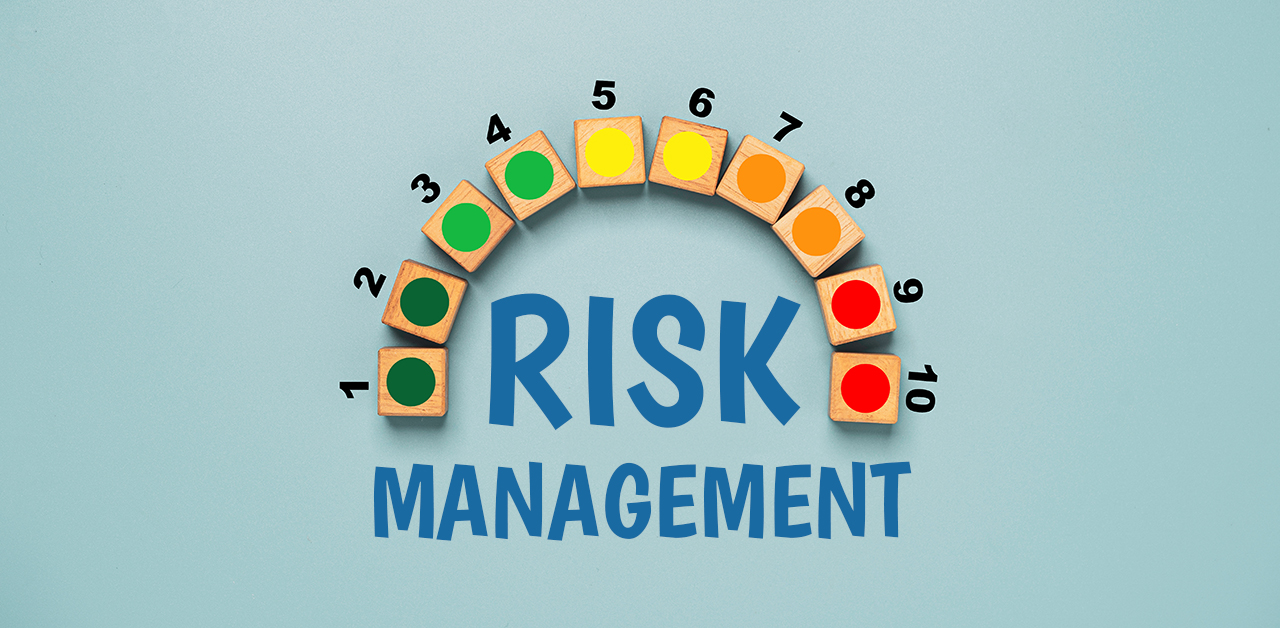In today’s high-tech world, more and more companies are turning to data center colocation providers to handle their IT needs. Colocation facilities provide a number of benefits to their customers, with heightened security measures being chief among them. While many people understand the risks associated with cyber security–threats from hackers, data breaches, and so on–far fewer consider the physical security of their equipment. That’s where colocation providers come in. A good colocation facility will go to extensive lengths to protect equipment and prevent intruders from gaining physical access to hardware. Yet despite the risks, when it comes time to go through a data center deinstallation or data center consolidation, security may become a lower priority. Don’t let that happen!Keeping colocation facilities secure during a decommission should be of utmost concern. You’ve got millions of dollars worth of equipment on the line–if something goes wrong you risk damaging both your clients’ business and your own reputation. Here are a few best practices to get your colocation deinstallation or consolidation off on the right foot:
Know who you’re working with
First and foremost, know who you’re working with. If you plan on hiring a third-party vendor to handle your data center consolidation or decommission, make sure you vet them properly. Vendors contracted for electronic recycling should be R2 certified and send their own permanent employees on site to ensure they follow the proper e-waste recycling processes. Improperly handled hardware could potentially expose you or your clients to a serious data breach, so hiring experienced vendors is a must.
Agree on a timeline
Before any work can begin, it’s essential that everyone involved in the project plans out and agrees on a timeline. You’ll need to know exactly when outside workers will be entering and exiting the facility so no unapproved intruders slip past security. It’s also imperative that workers know exactly how long they have to complete the project. Colocation facilities can charge tens of thousands of dollars per day for clients that outstay their lease agreement, so missing the move out deadline can potentially cost you serious money.
Track your assets
If you want to make sure that everything gets from point A to point B, you’ll need to keep a detailed log of all the hardware and equipment that’s being removed. Your vendor should commit to onsite cataloging of assets so if anything is lost or damaged in the data center deinstallation or consolidation process, it will be easy to track. Additionally, asset cataloging provides you with a record of potentially valuable assets that might be recovered during the process and resold later.Recently, OceanTech was hired to undertake a massive data center deinstallation project at the
Equinix colocation facility at 5851 West Side Ave in North Bergen, New Jersey. As part of the project, we removed 400 servers from their racks and provided detailed, onsite asset cataloging. We’re proud to say the project was completed on time, and we were able to cut our client a check for the value of their recovered assets.That’s just one example of our extensive experience managing national data center consolidations and deinstallations, stay tuned for details about some of our other recent projects on the blog soon!


